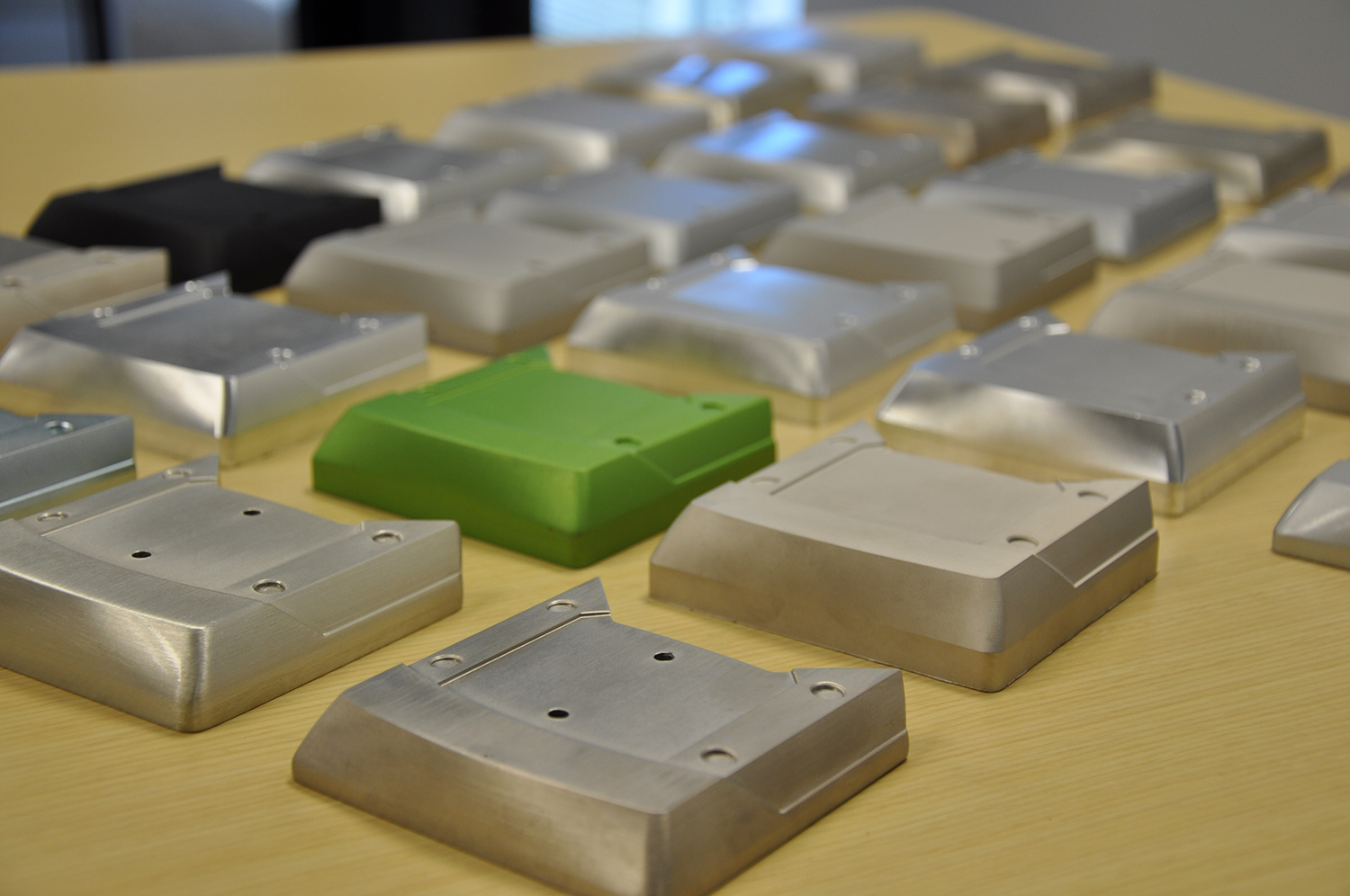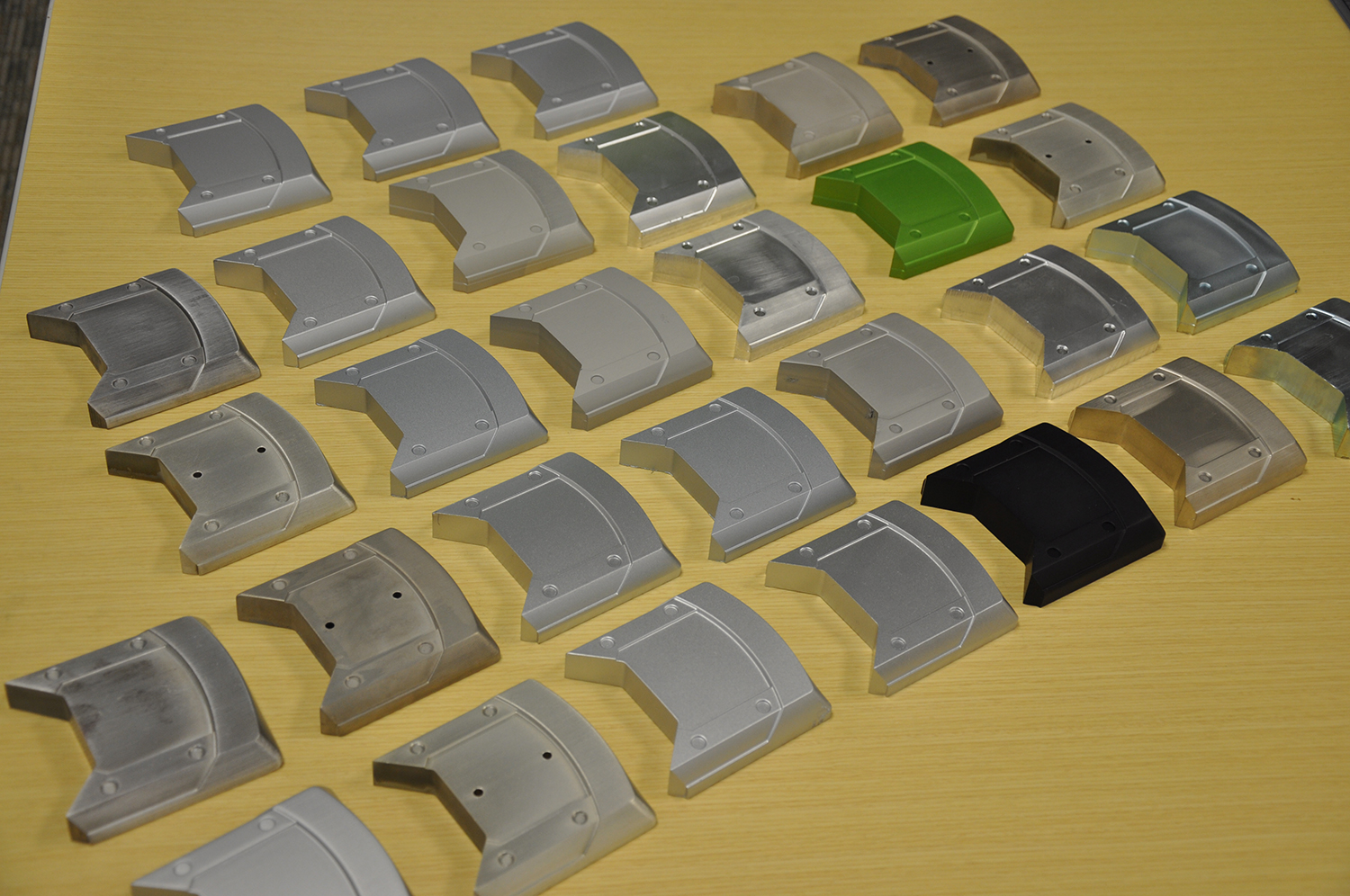The Story Of How GeForce GTX 690 And Titan Came To Be
When something impresses me, I want to know more, whether it's wine, music, or technology. Months ago, Nvidia dropped off its GeForce GTX 690 and I didn’t know whether to game on it or put it in a frame. This is the story of its conception.
GeForce GTX 690 Vs. Titan: The Differences Are Subtle
When you put GeForce GTX 690 and Titan next to each other, the two cards look like they share a great many characteristics, aside from the obvious fan configurations. But because one board dissipates 300 W of power and the other is for a 250 W GPU, there are some differences between them that aren’t readily apparent.
Those subtleties are important to the story. As Andrew’s team sought to “beautify,” they had to be mindful of thermal performance, which suffers if you try to go overboard on the details that simply look nice. The good news was that its dual-GPU (code-named Gemini) configuration indeed fit within that 300 W ceiling. Just one generation prior, GeForce GTX 590 was a 365 W card, requiring a more pointed emphasis on effective cooling. GeForce GTX 690 gave Nvidia a little freedom to get artsy. The cooler is consequently smaller than it would have needed to be for 590.
Here’s an example of how 690 and Titan differ. If you look across the 690’s top surface, you can see the polycarbonate windows recessed slightly, giving the face a greater sense of depth. But the shorter GeForce GTX Titan card, with its 250 W GPU, doesn’t have the same cooling headroom. Its PCB window is flush with the aluminum arms. This allows an additional 4 mm or so on the fin stack, which Andrew says is worth as much as 10% performance from the cooler.
Another example: Nvidia actually designed a back plate to cover the PCB. In the end, the plate was removed because it negatively affected SLI performance. We all know that the PCI Express electromechanical specification is very exact, and there’s only so much room between graphics cards installed back to back. Now, if you look down the top of a GTX 690, the fan sits just a bit lower than the card’s surface. This is done for airflow. Even when two boards are next to each other, that gap is large enough for the top card to suck in the air it needs. Unfortunately, the extra height of a back plate impedes airflow, impacting thermals by anywhere from six to nine degrees, according to Andrew. Were it not for SLI, covering the back of the PCB would improve cooling. So now the engineers are looking for ways to either design a plate that’ll work in SLI or be end-user-removable.
In my reviews, I’ve also commented on the fact that Nvidia went with a magnesium alloy fan housing for GeForce GTX 690, and then ditched it for Titan, 780, and 770. My understanding was that this had something to do with cost. But Andrew told me there really wasn’t much difference between magnesium and aluminum—at least as far as the metals go. More significant was the manufacturing difficulty.

There were actually two GeForce GTX 690 designs, one from magnesium and the other aluminum. The magnesium was a little lighter, though apparently not noticeably so. Its biggest benefit had to do with feature size, and when you set a 690 down next to a Titan, the 690 is just a bit stronger and more prominent-looking. Getting the finish on 690 was a nightmare, though. At first, the goal was to achieve a brushed aluminum look, like what you see from a kitchen appliance. The problem was that putting the shroud’s edges up against a sanding wheel to get the desired effect totally killed the detail. Sharp edges and corners were ground right off.

Once it was determined that brushing wouldn’t work, the team started experimenting with painting, raw finishes, and finally plating. None of it looked the way they wanted. By accident, some previously-plated parts were run through again, yielding an interesting result. And in the end, three plating technologies were combined to yield the finish Nvidia shipped to retail. It actually resembles the oxidized patina finish that some metals acquire over time; the 690 in our lab shows a soft glow of frequently-handled metal, while our Titans perpetually remind us that they’re painted.

But the biggest issue was that manufacturing yields started off around 10%. That’s not the GPU, mind you. Just the coolers. Because they were going from raw magnesium to plating, with no brushing or sandblasting in between, all of the dents from the casting line showed through. Someone had to manually sort through everything coming off the line and pick out the pieces without those imperfections. Even then, if you look closely enough, it’s still possible to pick out tiny divots in the metal.

Nvidia eventually got yields of the 690’s cooler up in the 30-percent range. Nevertheless, it’s understandable that the company quickly switched to a different design. But Andrew is still looking to improve further for generations to come. He wants to build a fan with an integrated hub, for instance, so that when the blades spin, you don’t see the center wobbling at all. It’s the difference between buying a car with hubcaps and one with rims, he jokes.
Current page: GeForce GTX 690 Vs. Titan: The Differences Are Subtle
Prev Page “The 250 W ID”: Making A Graphics Card Sexy Next Page My Personal Crusade: AcousticsGet Tom's Hardware's best news and in-depth reviews, straight to your inbox.
-
CaptainTom You could build cars that go 300 MPH, get 60 MPG, and are as strong as tanks; but if it costs as much as a house... Who cares? Yeah more money buys more. What is so impressive here?Reply
Granted it sure as hell is more impressive than the gains intel makes every year, but then again everything is impressive compared to that... -
jimmysmitty Reply11631932 said:You could build cars that go 300 MPH, get 60 MPG, and are as strong as tanks; but if it costs as much as a house... Who cares? Yeah more money buys more. What is so impressive here?
Granted it sure as hell is more impressive than the gains intel makes every year, but then again everything is impressive compared to that...
If you consider that Intel is working in a much tighter TDP then it makes sense as to why they don't have massive jumps every year. With the ability to throw billions of transistors due to the 2-3x TDP, you can fit more and more every time you do a die shrink in the same area.
As well, it's not like AMD is pushing Intel to do much anyways. FX is not competitive enough to push the high end LGA2011 setup and barley pushes LGA1155 let alone 1150.
As for the design, I will admit it is beautiful. But my one issue is that with said aluminum shroud comes more weight and with more weight means more stress on the PCIe slot. Cards are getting bigger, not smaller. I remember when I had my X850XT PE. It took up one card slot and was a top end card. Even the X1800 took only one sans non reference designs. Now they take up two minimum and are pushing into 3. My 7970 Vapor-X pushes into the 3rd slot and weight a lot too.
Soon we will have 4 slot single GPUs that push into the HDD area. -
bystander @the aboveReply
Realize that GPU's do parallel processing, and a good chunk of the improvements on GPU speed is due to adding more and more processors and not just speeding up the processor itself. Intel works with CPU's, which do linear operations, and they cannot just add more processors and speed things up.
Imagine if CPU's could just add more cores and each core automatically sped things up without having to code for it. That is what GPU's can do and that is why they have been able to advance at a faster rate than CPU's. -
CaptainTom ^ Yes but Intel could get rid of the HD 4600 on the desktop i5's and i7's to add more transistors so the thing is significantly faster. Maybe it would use more power, but its better than Haswell's side-grade over Ivy Bridge.Reply -
emad_ramlawi I am AMDer when it comes to GPU`s, but got handed to Nvidia, the Titan and anything chopped off from GK110 looks impressive, its really great that the stock heat sink design is superior from the get-go, notice how many GK110 cards from different manufacturers that looks the same thing with the same heat sink, and usually same price they just slap there label on it, however in the same time, using top-notch material that costs 600-1000 is not evolutionary, and i don't believe in trick-down economy .Reply -
scrumworks Gotta "love" how Tom's is so loyal nvidia fan. Bias will never stop until couple of those key persons leave and I don't see that happening any time soon.Reply -
kartu What a biased article...Reply
690 is a dual GPU card, Titan is not.
690 is about 20% faster than Titan.
NEWSFLASH:
7990 is 25% faster than Titan.
Source: xbitlabs -
yannigr Titan is an impressive card. 690 is an impressive card. 7990 is an impressive card. The 9800 GX2 that I had in my hands 2 years ago was a monster, truly impressive card. If only it had 2GB of memory (2X1)....Reply
Anyway, all those are old news now. The article is interesting but the fact is that we are waiting to see more news about Hawaii and later about Mantle and in a few months about Maxwell. -
iam2thecrowe Reply11632406 said:What a biased article...
690 is a dual GPU card, Titan is not.
690 is about 20% faster than Titan.
NEWSFLASH:
7990 is 25% faster than Titan.
Source: xbitlabs
newsflash, the 7990 is hotter and noisier and suffers from poor frame latency, particularly when running multiple displays where nearly 50% of frames are dropped completely before they reach the monitor.......
Seriously, Toms are more often AMD biased than Nvidia, so Don't complain about just one article.
